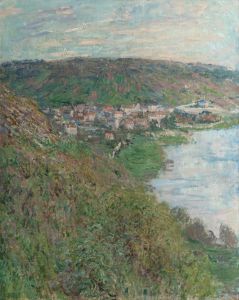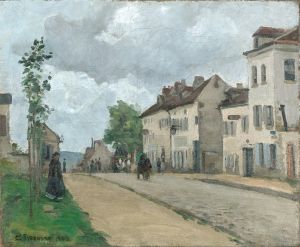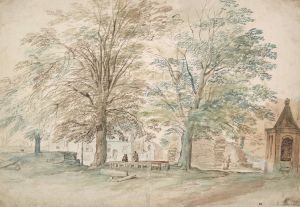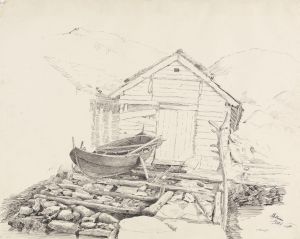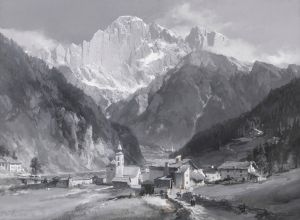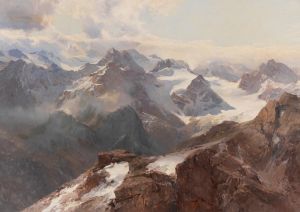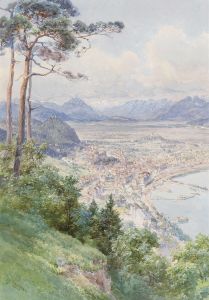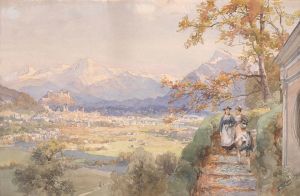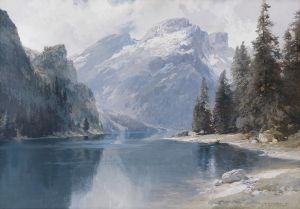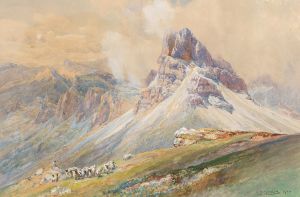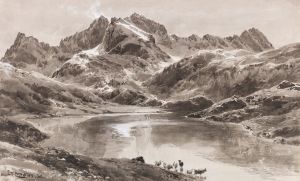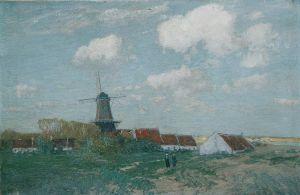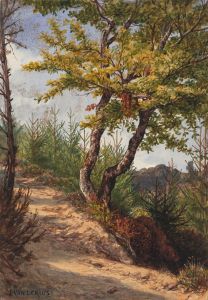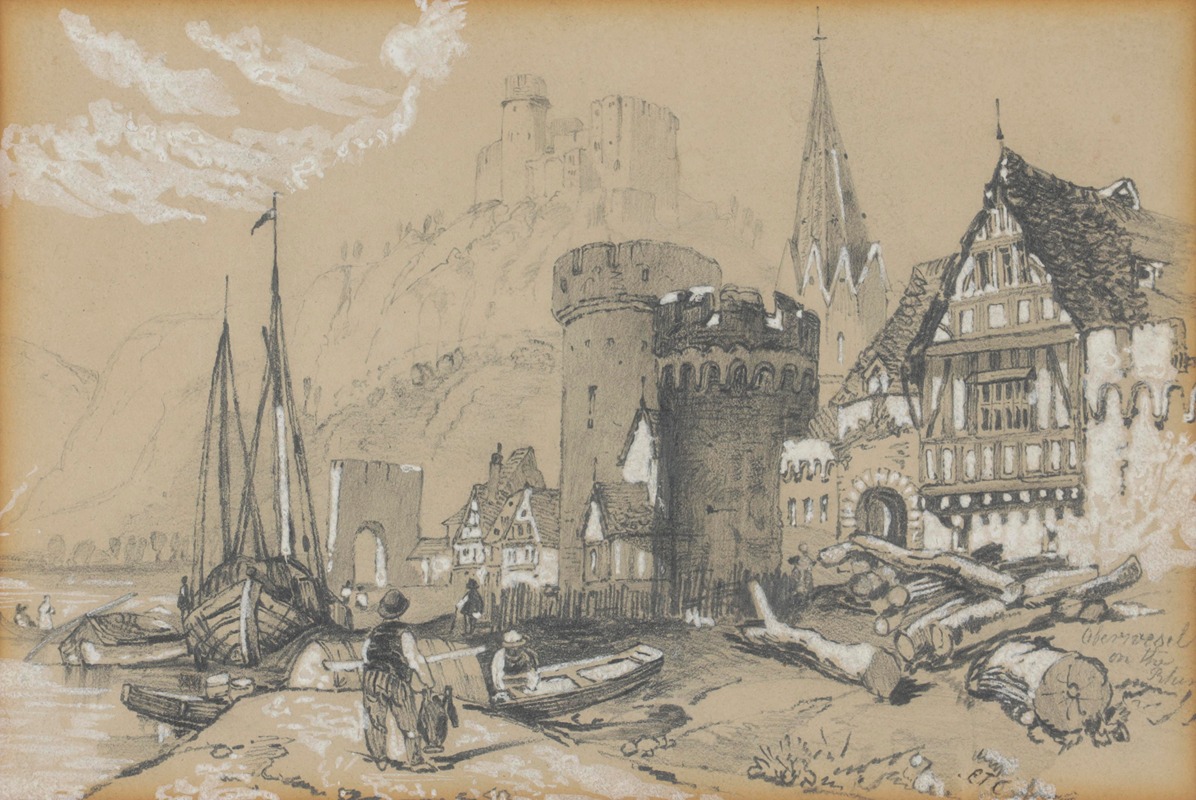
Oberwesel
A hand-painted replica of Edward Theodore Compton’s masterpiece Oberwesel, meticulously crafted by professional artists to capture the true essence of the original. Each piece is created with museum-quality canvas and rare mineral pigments, carefully painted by experienced artists with delicate brushstrokes and rich, layered colors to perfectly recreate the texture of the original artwork. Unlike machine-printed reproductions, this hand-painted version brings the painting to life, infused with the artist’s emotions and skill in every stroke. Whether for personal collection or home decoration, it instantly elevates the artistic atmosphere of any space.
Edward Theodore Compton was a distinguished English-born artist and illustrator, renowned for his landscape paintings, particularly those depicting alpine scenes. Born on July 29, 1849, in Stoke Newington, London, Compton developed a profound appreciation for the natural world, which became a central theme in his artistic career. His work is characterized by its detailed and realistic portrayal of landscapes, often capturing the majestic beauty of mountainous regions.
One of Compton's notable works is "Oberwesel," a painting that exemplifies his skill in landscape art. Oberwesel is a town located in the Rhineland-Palatinate region of Germany, known for its picturesque setting along the Rhine River and its rich historical architecture, including the Schönburg Castle and the town's well-preserved medieval walls. Compton's painting captures the essence of this scenic locale, highlighting both its natural beauty and historical significance.
Compton's artistic journey began in his youth, and he was largely self-taught, although he did receive some formal training at the Royal Academy of Arts in London. His passion for mountaineering and exploration greatly influenced his work, as he traveled extensively throughout Europe, particularly in the Alps. This love for the mountains is evident in many of his paintings, where he meticulously depicted the interplay of light and shadow on rugged terrains.
In "Oberwesel," Compton employs his characteristic attention to detail and mastery of light to bring the scene to life. The painting likely features the town's iconic landmarks set against the backdrop of the Rhine River, with the surrounding hills and vineyards adding depth and texture to the composition. Compton's use of color and brushwork would have been instrumental in conveying the atmosphere of the region, capturing the serene yet dynamic essence of Oberwesel.
Throughout his career, Compton's work was celebrated for its accuracy and artistic merit. He was a member of several prestigious art societies, including the Royal Academy and the Royal Watercolour Society. His paintings were exhibited widely, earning him recognition and acclaim in both England and continental Europe.
Compton's legacy as an artist is marked by his ability to convey the grandeur and beauty of the natural world. His paintings continue to be appreciated for their technical skill and the emotional resonance they evoke. "Oberwesel" stands as a testament to Compton's dedication to capturing the spirit of the landscapes he so admired.
Edward Theodore Compton passed away on March 22, 1921, in Feldafing, Germany, leaving behind a rich body of work that continues to inspire and captivate art enthusiasts and nature lovers alike. His contributions to landscape painting have cemented his place in the annals of art history, and his works remain a valuable part of collections around the world.





